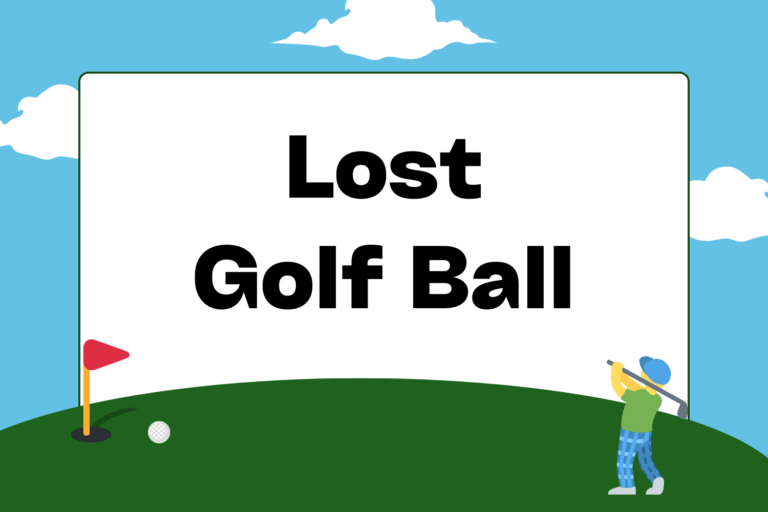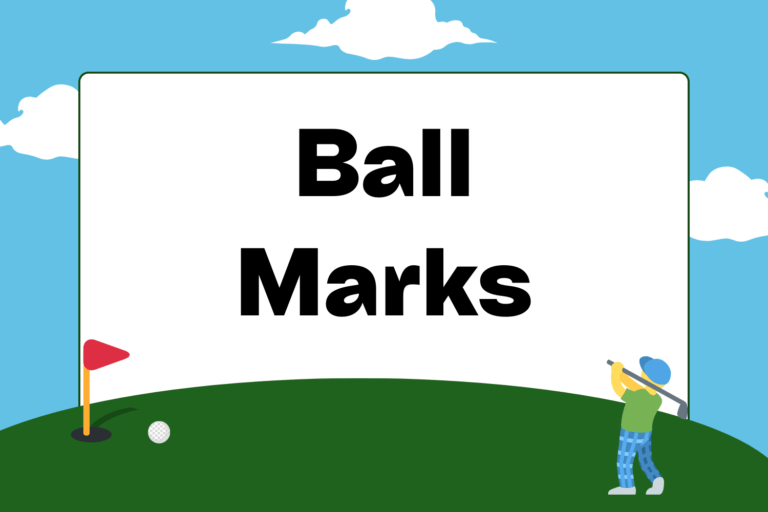Most often, golf is played in a format that’s known as stroke play. That’s when a golfer’s final score is the number of strokes it took to make it through the entire golf course. You’ll hear things like, “I shot a 90,” or “I broke 80!” Basically, stroke play is the “regular” way to keep score in golf.
But there are other formats in golf, and the most popular of these is match play. This guide will explain everything you need to know in order to follow match play tournaments on TV, or to challenge your playing partners to a match play game the next time you’re out on the course.
The Basics & Scoring
As opposed to stroke play, where golfers try to beat each other by scoring the lowest total score, match play is done one match at a time, between two opponents.
The opponents can be individuals or teams. In either case, each side plays to win each hole by scoring the lower score on that hole.
On every hole, there are two possible results: Either a side wins the hole or the two sides halve (tie) the hole. Both sides start off even — or as it’s called in match play, all square. The opponents remain all square until one side goes up after winning a hole, and the other side goes down after losing it.
As the match goes on, the score is referred to by saying the number of holes the leader is up through however many holes the match has gone so far. So if you’ve played five holes against your opponent, and you’ve won two of them and halved the other three, you are “two up through five.” Other examples include:
- “All square through twelve”
- “One up through one”
- “Six down through seven”
And so on.
The end of the match is called when one side goes up by more holes than there are left to play. For example, if a golfer is up three with two to play, he wins the match “3 & 2.” Since there are only 18 holes to play, the best possible outcome a golfer can have in match play is winning the match “10 & 8.”
Conceding Shots
During play, the rules of match play are no different than the rules in stroke play. All of the penalties are exactly the same, and strokes are counted just as they are in stroke play. The biggest difference in the rules between the two formats is when it comes to conceding.
In stroke play, you have to finish every hole by getting your ball in the cup, no matter how small the putt may be. Not the case in match play, where a golfer can choose to concede an opponent’s shot. Conceding a shot to your opponent means giving it to them. That is, if your opponent has a tap-in putt left, you can choose to concede the putt to him. But why would anyone in their right mind concede a shot to an opponent? The answer is a combination of golf etiquette and common sense.
Let’s say you’re hitting your seventh shot on a hole, and your opponent has a three-foot putt for his fourth shot. The outcome of the hole has pretty much been decided already. You can let your opponent finish, giving him three shots to get the ball in the hole to beat you, or you can do the right thing and concede the putt and the hole to your opponent. This way, you can move on to the next hole with a clean slate and a clean conscience, having done the noble thing.
Of course, it’s always your call on whether or not you concede your opponent’s shot. Just know that your opponent reserves the same right for you, so you may want to treat an opponent as you wish to be treated.
Amazingly True Story
Every two years, the most famous match play tournament in golf takes place: The Ryder Cup. This tournament is a battle between the 12 best golfers in the United States and the 12 best golfers in Europe.
In the 1999 edition, played in Brookline, Massachusetts, the United States team was down 10 points to six — a huge margin (just 14 points seals the win) — going into the final day of matches.
But the US team didn’t give up. Despite the long odds, they won eight of the 12 matches on Sunday. In order to win the 14th and final point, American Justin Leonard needed to make one of the greatest putts ever recorded on film, a 45-footer to cap the biggest comeback the Ryder Cup had ever seen. And when it went in, the US team and all its fans celebrated one of the most exciting finishes in golf history.
Team Match Play
Match play can be done by individuals or by teams of two golfers playing against each other. There are a variety of formats within team match play, but the two most popular formats are described here:
Fourball match play:
Fourball is played between two teams of two golfers. As the name suggests, each golfer plays his or her own ball, so that there are four balls in play on every hole. The teammate who shoots the lowest score on a hole is the score that stands for the team on that hole. That is to say, it’s your team’s best score on a hole versus the other team’s best score on that hole.
Foursomes match play:
Just as with fourball, foursomes is played between two teams of two golfers. In this format, though, each team only plays one ball. You and your teammate alternate shots on every hole with the same ball. That is, if you hit the first shot, your teammate hits the next one, and so on until your team’s ball is in the cup or conceded. That’s why foursomes match play is also known as the “Alternate Shot” format.
Give Match Play a Try
Most of the golf you’ll play will be in the stroke play format. But once in a while, it’s fun to mix it up and try to win head-to-head matches against your friends. Unlike in stroke play, where a bad score will follow you for the rest of your round, match play offers golfers a chance to start fresh on every hole. Give it a shot the next time you’re out, and have fun!





